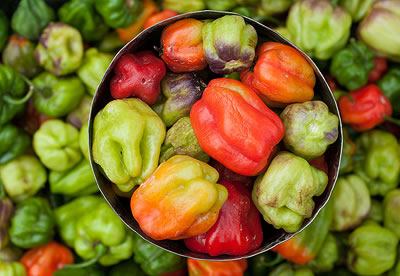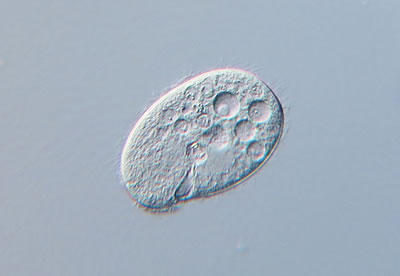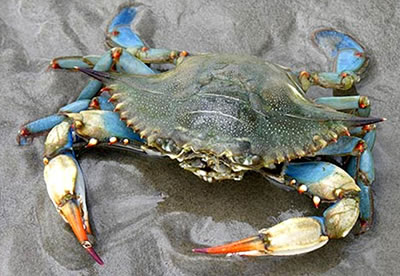Cannibalism in shore crabs
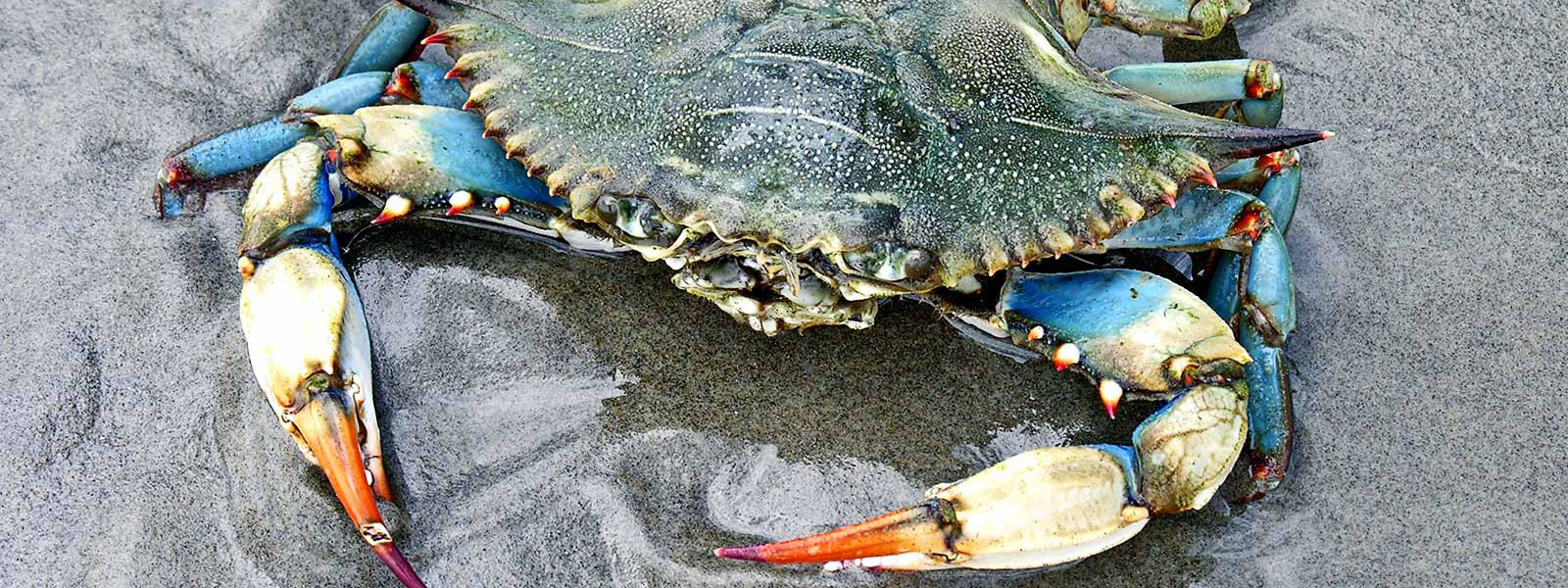
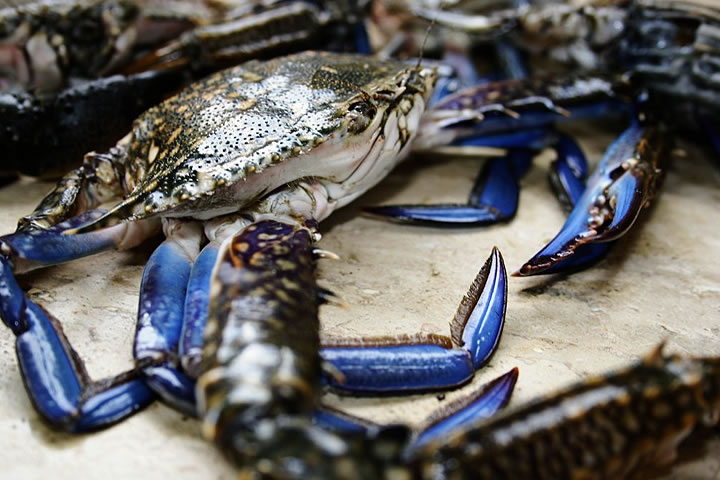
The shore crab is a common crab species found all over the world. These crabs are cannibals that will eat younger, smaller individuals even when other food sources are available. Certain factors make the crabs more likely to eat each other.
To investigate these factors, Dr. Per-Olav Moksnes set up tanks with different densities of young, small shore crabs. He then added two older, larger crabs to each tank. After 24 hours, he determined how many of the young crabs had been eaten by the older crabs (the “cannibal crabs”).
The effect of density (number of young crabs per m2) on the number of young crabs that are eaten per cannibal crab within 24 hours
Each point represents a mean of five trials at the corresponding density. The error bars show ±1 standard error.
A graph with five points and a best fit curve drawn between them. The x axis of the graph is labeled Number of young crabs per square meter with values ranging from 0 to 1000 in increments of 200. The y axis is labeled Number of young crabs eaten per cannibal per square meter and ranges from 0.0 to 10.0 in increments of 0.2. The first point values are zero zero, the second point values are approximately 25 young crabs per square meter and 0.5 eaten per cannibal, the third point values are 100 young crabs and 2 eaten per cannibal, the forth point values are 235 young crabs and 3.8 eaten per cannibal, and the fifth point values are 800 young crabs and 7.8 eatem per cannibal. A curved line begins at 0.0, rises sharply up until the number of young crabs per square meter reaches around 500 and then levels off. Individual points on the line are shown with error bars. The error bars start out small and grow larger as numbers increase.
Use what you've learned above to answer the following questions:
